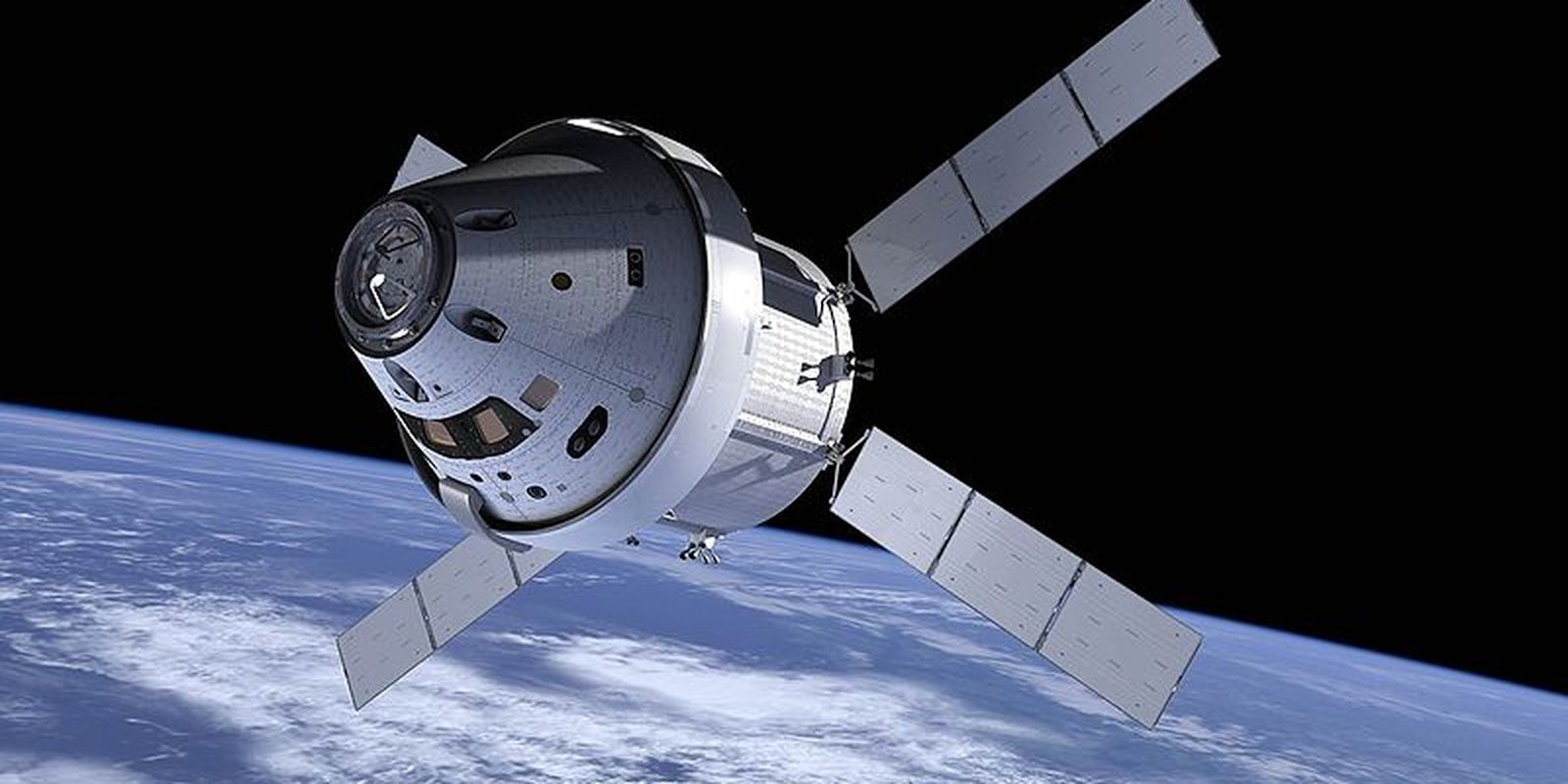So you’re excited about NASA’s Orion flight test on Thursday? So are we.
At 7am EST, NASA will test a probe that could eventually be used to take humans to Mars.
If you want to follow the launch online, the best place to start is with NASA’s social media feeds. NASA TV is also broadcasting live, but for more casual updates we recommend following @NASA_Orion on Twitter. Or @Elmo, who is pretty invested in the whole endeavor.
Mementos from Sesame Street characters are on board the capsule (just when you thought it couldn’t get more awesome.) They’ll appear in an episode of Sesame Street after their trip into space. According to NASA, “the astronauts of the 2030s and beyond are today’s preschoolers,” and Sesame Street is a great way to get kids excited about space travel.
Elmo is at the launch pad with #NASASocial! Go #Orion Go! pic.twitter.com/8ghZrPsA8r
— Elmo (@elmo) December 3, 2014
You can follow hashtags #Orion and #JourneyToMars to keep up with all the action. @NASASocial will be retweeting updates from individuals on the Orion team.
What will tomorrow's #Orion flight test entail? Here's an infographic of things to look for: http://t.co/N5BNAf0Udx pic.twitter.com/cUYdmcBOi0
— NASA (@NASA) December 4, 2014
https://twitter.com/KelleyTexas/status/540270608291229698
https://twitter.com/StephEvz43/status/540271904087486464
The plan is to launch the Orion spacecraft into orbit around Earth, where it will circle us twice before diving through the planet’s atmosphere and splashing down into the Pacific Ocean near Baja, California.
The mission will take about 4.5 hours, but the NASA live blog begins early at 4:30am EST. Orion’s re-entry will be one of the key moments to tune in, because it will be filmed by a drone and broadcast straight to NASA TV.
“Orion will come through the atmosphere at 20,000 miles an hour as a tiny dot in the sky,” said NASA’s Tom Horvath, speaking of long-range images that will be taken along with the drone’s footage. “With the capsule initially hundreds of miles away, it is like we are looking for it through a small soda straw.”
At the most distant point of its oval orbit, Orion will be 3,600 miles above Earth—about 15 times higher than the International Space Station. This is far beyond what is known as “low Earth orbit,” where all of our manned space stations have been located.
Orion has the capacity to hold four human passengers, although this is an unmanned test flight. In the future, NASA hopes to use it to take astronauts to the Moon, to land on asteroids, and even go to Mars. Here’s a video with engineer Nujoud Merancy, who explains the importance of Orion’s versatile nature.
But before you get too excited, you should know that Orion doesn’t even have basic life support systems at the moment. Instead, it’s filled with sensors to test the craft’s resilience during launch and re-entry.
This mission may be unmanned, but it’s still an exciting departure from NASA’s recent history of space missions. In fact, it’s the furthest a human capsule (rather than a robotic probe) has traveled since the last Apollo lunar landings in 1972.
To put things in perspective, no one born after 1935 has ever set foot on the Moon. Orion could be the spacecraft that gets someone up there once again.
Photo via NASA/Wikimedia
